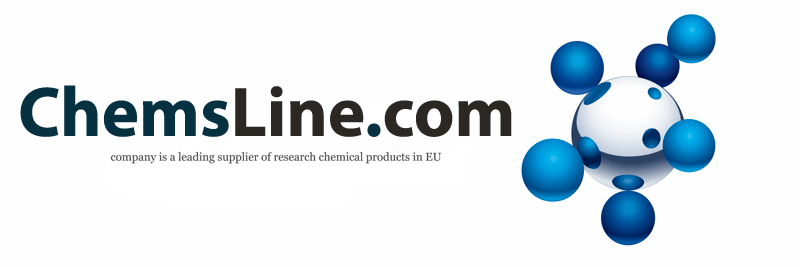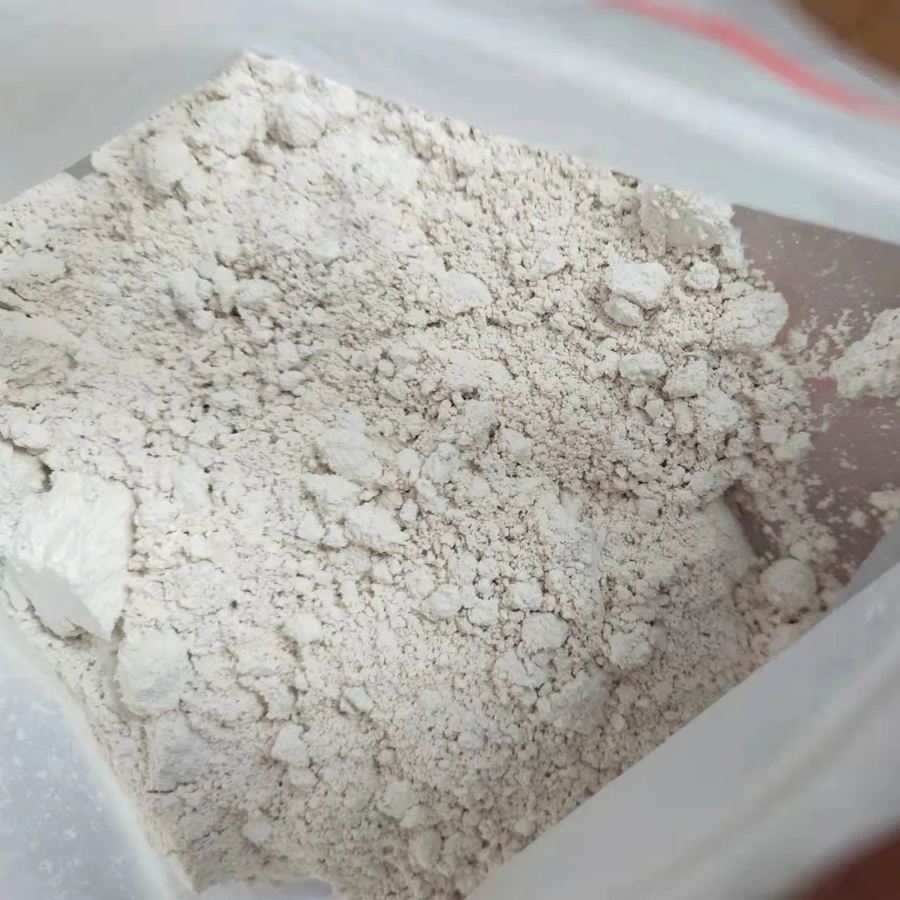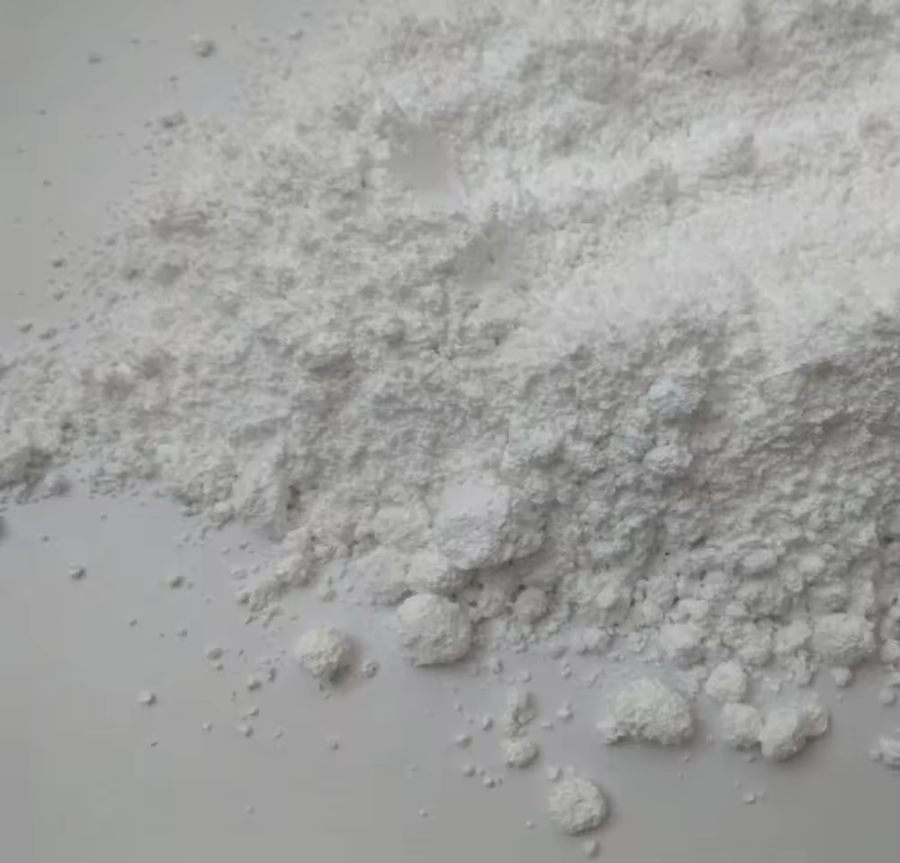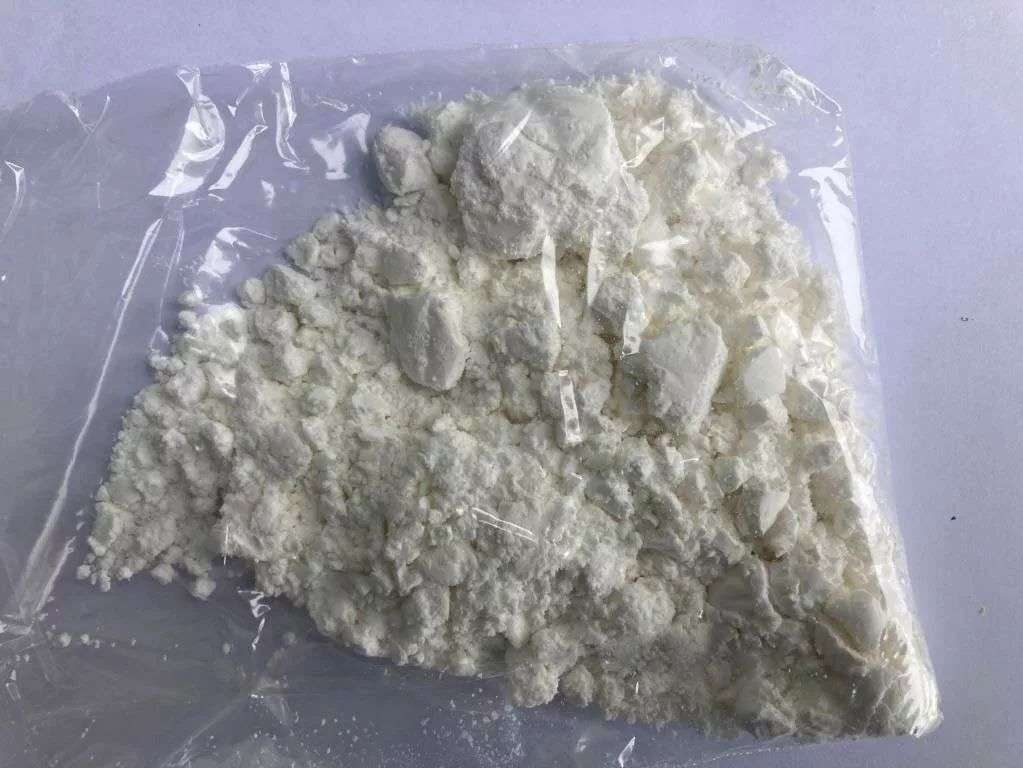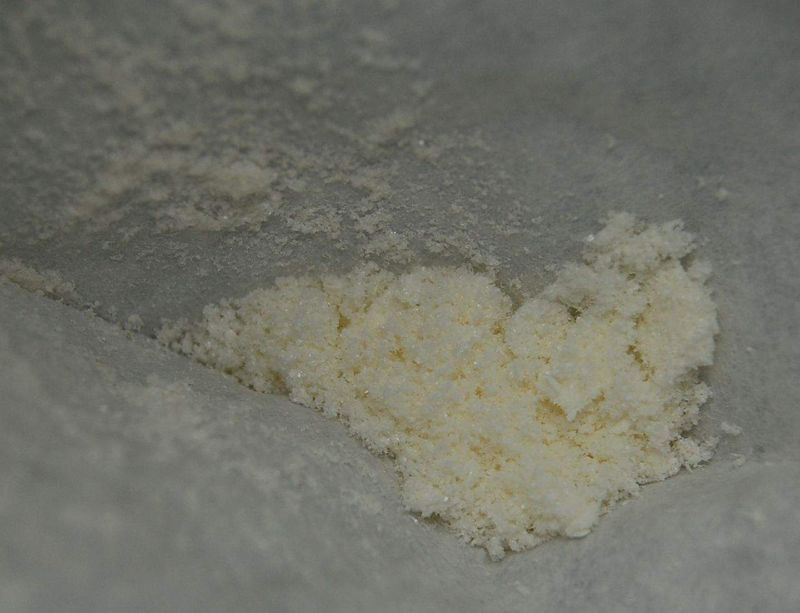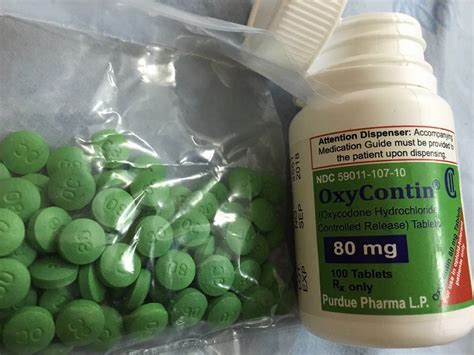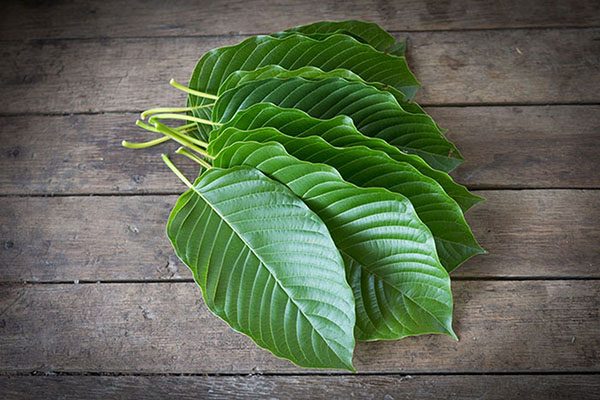
About 50 years ago, when the most famous hallucinogen, lysergic acid diethylamide (LSD), was banned in the United States, Timothy Francis Leary, an American writer, programmer, and psychologist who participated in the psychedelic drug research campaign, sacrificed a university career because of his reluctance to quit psychedelic experiments. It seemed that in the future, LSD, psilocybin and other hallucinogenic drugs will be investigated only in order to develop more effective methods for their detection by criminologists. However, nowadays, medical hallucinogens are again ready to return to clinics as medicinal substances – they show promising activity in the treatment of post–traumatic stress, Alzheimer’s disease and other diseases associated with the work of the brain.
According to experts in medical chemistry, in the current drug-like conditions it is difficult to prove to the public and regulatory organizations that research in the field of medical use of hallucinogens is in the public interest, does not pose a danger to participants in the experiments and does not damage the business reputation of organizations and foundations that cooperate with by researchers.
But the drowning man grabs the straw, and if it is possible to use psychedelics to fight deadly diseases or diseases that destroy the personality of a person, then pharmacologists and medical chemists should move in this direction.
Such studies are already underway: a number of projects have been approved in the United States and Europe, the purpose of which is to study the medical effect of psychedelics on humans. The main work in this area is carried out by the British Beckley Foundation, an interdisciplinary research organization that studies the fields of science, healthcare, politics and the history of the methods used to change consciousness, from meditation to the use of psychoactive substances, as well as the American Heffter Research Institute and the Multidisciplinary Association of Psychedelic Research (MAPR).

The latter calls itself a non-profit pharmaceutical company and sees its main goal in the development of therapeutic socially acceptable methods of using psychoactive substances and marijuana, helping researchers obtain work permits in this area and financing many projects. One of the MAPR programs is comprehensive support for research on MDMA or ecstasy (3,4-methylenedioxy-N-methamphetamine) in order to turn it into a medicinal product used in clinical practice. According to MAPR, the goal is a very long-term, but quite feasible project. In the United States and other countries, there are cases when drugs on the drug list are used as drugs. In the presence of medical indications, American doctors have every right to prescribe cocaine, methamphetamine, tincture of opium, morphine, opioids and gamma-hydroxybutyrate to their patients.
MDMA does not currently have approved medical uses. In order to balance the risks and benefits of the drug, more research is needed. However, MAPI President Rick Doblin believes that MDMA will be officially used in medicine no later than in ten years.
The academic study of psychedelics has a long history. It began at the end of the 19th century, stopped in the 1970s and resumed again at the beginning of the 21st century. The most famous of the psychoactive substances – LSD – was first synthesized by the Swiss chemist Albert Hoffman in 1938, but its psychotropic properties were discovered only five years later – on April 16, 1943, and as a result of chance.
Lysergic acid diethylamide was obtained in search of new analeptics (stimulants), however, as a result of the first synthesis, this substance was obtained in small quantities, and for five years the vial with it was dusting on a shelf. The LSD dose exhibiting an effect is 20 micrograms, and its properties were not initially detected – only “apparent excitation” of laboratory animals on which LSD was tested was noted in the journal.
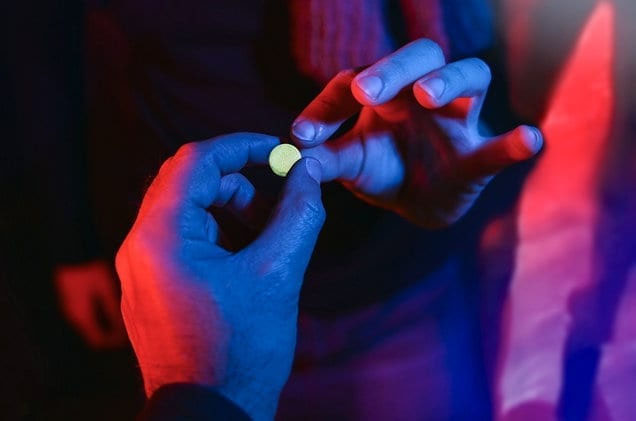
During the second synthesis, Hoffman accidentally received a dose of LSD by absorbing it with his fingertips and felt unusual symptoms. Here is what the scientist himself writes in the book “LSD – My problem child” (Oxford University Press, 2008):
“On … Friday, April 16, 1943, I was forced to interrupt my work in the laboratory in the middle of the day and go home, because I experienced noticeable anxiety combined with mild dizziness. At home I lay down and plunged into a state not without pleasantness, like intoxication, characterized by an extremely excited imagination. In a dreamy state, with my eyes closed (I found daylight unpleasantly bright), I perceived a continuous stream of fantastic paintings, amazing images with an intense, kaleidoscopic play of colors. After about two hours, this condition gradually disappeared. In general, it was an extraordinary experience – both in its sudden beginning, and in its strange course. ”

By the next Monday morning, Hoffman recovered, considered that he had found the reasons for his condition and decided to check the guess on himself:
“There was only one way to get to the truth. I decided to experiment with myself. With extreme caution, I began to plan a series of experiments with the smallest amount that could have any effect, bearing in mind the ergot alkaloids activity known at that time: namely, 0.25 mg of lysergic acid diethylamide in the form of tartrate. The following is an entry from my laboratory journal of April 19, 1943.
Self experiment
04/19/43 16:20: Adopted orally, 0.5 cc. cm 1/2 of a diethylamide tartrate solution = 0.25 mg of tartrate. Diluted approximately 10 cubic meters. cm of water. No taste.
17:00: Dizziness, anxiety, visual distortion, symptoms of paralysis, desire to laugh.
Addendum from 04.21:
I went home on a bicycle. 18:00 – approx. 20:00 the most severe crisis. (See special report.)
Here the notes in my laboratory journal are interrupted. I could write the last words only with great effort. Now it became clear to me that it was LSD that caused the amazing incident the previous Friday, because the changes in perception were the same as before, only more powerful. I had to strain to talk in a connected way. I asked my laboratory assistant, who was informed about the experiment, to take me home. We went on a bike, as there was no car due to wartime restrictions. On the way home, my condition began to take threatening forms. Everything in my field of vision was trembling and distorted, as if in a crooked mirror. I also had the feeling that we could not budge. However, my assistant told me later that we drove very fast. Finally, we arrived safe and sound, and I could hardly ask my companion to call our family doctor and ask for milk from the neighbors. ”
What prompted Hoffman to synthesize LSD? At that time, the Swiss, and now the international chemical company Sandoz, for which Hoffman worked, studied alkaloids (nitrogen-containing compounds) from ergot fungi (Claviceps purpurea). This fungus parasitizes on rye and other cereals. Outbreaks of ergotism often occurred in the Middle Ages – poisoning people with ergot alkaloids while consuming bread made from ergot-eroded grain. Symptoms of poisoning were nausea, vomiting, convulsions. Ergot alkaloids caused muscle contraction; high doses led to excruciating death, low doses – to severe pain, gangrene, mental disorders, aggressive behavior.
Thousands of people died in the Middle Ages from eruptions of ergotism, which at that time was called the “fire of St. Anthony” in the Middle Ages, especially often these epidemics occurred in Germany and France.
In the 1930–1940s, Sandoz was interested in the vasoconstrictor properties of the two main ergot alkaloids, ergotamine and ergometrine. These alkaloids began to be used successfully for the treatment of postpartum hemorrhage: the effect of narrowing of blood vessels produced by them quickly stopped this pathological condition.
Ergotamine and ergometrine are specific compounds (amides) of lysergic acid, Hoffman was asked to synthesize their analogues, and LSD turned out to be only one of the structures obtained during this search (since Loff was originally designated as “drug 25” in the Hoffman workbook, we can assume that at least 25 amides were synthesized). Another synthetic derivative of ergot alkaloids, much less known than LSD, bromocriptine, is currently one of the most effective drugs for treating Parkinson’s disease.
In the beginning, researchers at Sandoz suggested that LSD would be a drug for treating alcoholism and depression. However, the development of the “psychedelic revolution”, one of the ideologists of which was Timothy Leary, broke their plans. Leary’s work and appeals have become a manifesto of the American hippie movement. President Richard Nixon called Leary “the most dangerous man in America.” The heyday of hippie culture is, of course, associated not only with Leary’s lectures and books (although they called it the “LSD Guru”).
However, it is clear that psychedelics influenced the culture of the 1960s as well as the “green fairies” of absinthe influenced writers and artists of the late XIX – early XX centuries.
In the mid-1950s, LSD was studied in the USA, Switzerland, Germany, Italy, France, Czechoslovakia, Canada, and Sweden. The drug showed potential for conditions in which at that time there were no drug treatments – alcoholism, post-traumatic stress, sensations of pain and anxiety in cancer patients.
LSD has four mirror isomers (variants with the same chemical composition, but interacting differently with light). However, only one of the “versions” of the molecule has psychotropic properties. How LSD works at the molecular level is not yet known exactly. It is known that diethylamide interacts with all dopamine and almost all serotonin receptors. These receptors provide connections between neurons in the human brain, and disruption of their work is associated with changes in behavior, mood and reactions to the outside world. LSD is a hallucinogen that distorts feelings, changes the perception of space and time, without immersing a person in sleep or erasing his memory. There is no physiological addiction to LSD, but under certain circumstances it can cause or aggravate existing mental illnesses, as well as cause psychological dependence that prompts a person to again experience hallucinations.
Under the influence of a conservative political campaign, research programs related to LSD began to be phased out by the mid-1960s. In 1965, a law was passed in the United States according to which the manufacture, processing and sale of any hallucinogenic drugs was declared illegal. Medical research did not directly fall within the scope of this law, but this did not stop the real prohibitions. The U.S. Food and Drug Administration has strongly encouraged all LSD researchers to stop research in this area and turn in their existing hallucinogen.
In the 1970s, the US government ranked most psychedelic drugs as the No. 1 drugs — substances with great potential for abuse without known medical use. Soon similar measures against hallucinogens were taken by other states, so that almost all studies of LSD and other “expanders of consciousness” were stopped.
After 1975, only three research programs to study the effect of psychedelic drugs on humans did not fall under the ban in Europe – two in the Netherlands, where LSD was tested for the treatment of neurotic disorders, and one in Germany. Psychiatry specialist at the University of Leiden, Jan Bastiaans, used small doses of LSD to treat the post-traumatic syndrome of surviving Nazi concentration camp prisoners.
MDMA, (3,4-methylenedioxy-N-methamphetamine, also known as ecstasy) is a substance whose chemical structure is similar to methamphetamine and hallucinogen mescaline. Initially, this substance was patented by Merck in 1912 as an intermediate in the synthesis of the hemostatic drug hydrostinin.
This substance was rediscovered by Alexander Shulgin in the 1970s. Rediscovered MDMA Alexander Shulgin was almost the only chemist of the second half of the twentieth century, who experimented with himself. Repeatedly using the substances synthesized by him, including for relaxation, Shulgin is known to many as a person who made the details of the synthesis of psychoactive substances open.
The protocol describing the synthesis of any psychoactive substance obtained in his laboratory, Shulgin immediately made public.
Having a license from the American DEA agency for the study of psychoactive substances and the freedom to choose a research direction, Shulgin conducted independent research in the field of mind-controlling substances that are potentially used in psychotherapy, reporting on the results of experiments on himself. Testing of a new drug began with small doses – 10-50 times less than the effective dose of the already known drug, the closest to the synthesized structure, then the dose increased. All this was done without measures that seem obligatory and natural for every chemist now: the study of potential cytotoxicity (toxicity for body cells), animal experiments, and pharmacokinetics (at what rate the drug is absorbed into the body, as well as how quickly and with with the help of which organs it is derived).
Many studies have said (see, for example, AC Parrott Human psychobiology of MDMA or ‘Ecstasy’: an overview of 25 years of empirical research // Human psychopharmacology Vol. 23 (2013), P. 289–387) that human MDMA to the appearance of feelings of openness, euphoria, empathy, love and increased self-esteem, lasting for 3-5 hours after taking the drug. This gave pharmacologists new hopes. However, in the early 1980s, MDMA repeated the fate of LSD. He left the laboratories “on the streets”, and regulatory agencies began criminalizing him. In 1985, MDMA was on the US No. 1 drug list, which practically put an end to its use in psychotherapy. From 1988 to 1993, therapy with the use of LSD and MDMA was still allowed in Switzerland, however, studies in this area have not been conducted there either.
In the early 1990s, the attitude of regulators towards research involving psychoactive substances began to change. The US Food and Drug Administration and similar authorities in other countries began to trust scientists, provided that they could provide a well-designed research plan and confirm the qualifications of potential participants in the research project. Permissions for MDMA studies involving people have slowly but surely been issued. Phase I clinical trials are already underway in Europe and the USA, in which MDMA is given to healthy volunteers to determine the physiological effects of the drug and its pharmacokinetics. Several phase II clinical trials have been reported with the goal of exploring how MDMA can help people with post-traumatic stress disorder or anxiety of a different nature.
The first clinical trials began in Spain in 2000, and their goal was to explore the potential of psychotherapy using MDMA in treating women with chronic post-traumatic stress disorder caused by sexual abuse. However, in 2002, increased political pressure on scientists led to the termination of the study. By that time, six out of twenty volunteers in the experiment had successfully recovered from chronic stress. In 2004, an experimental treatment program for patients suffering from chronic stress caused by sexual violence, criminal assault on life and property, and participation in hostilities began and continues to this day. The experimental program involves volunteer patients who were not helped by psychotherapy and taking drugs on the market that inhibit (decrease the activity) serotonin receptors.
The results of pilot experiments have shown the likely long-term effectiveness of MDMA in the case of disorders resistant to other types of therapy. The issue of using MDMA in psychotherapy is still not completely resolved. There is an active debate about the balance of possible benefits and harm to the patient.
In November 2016, the U.S. Food and Drug Administration approved the start of the third (final) phase of the MDMA large-scale clinical trial, which will include a minimum of 230 patients.
After testing, if they are successful, it may be possible to apply for the inclusion of MDMA in the lists of medications according to the accelerated procedure, since the post-traumatic stress disorders that MDMA successfully copes with are poorly controlled by any other known methods, and people suffering from them often commit suicide. Since 2013, clinical studies have been conducted on the possibility of using MDMA in psychotherapy of social phobia in cases of autism spectrum disorders, as well as to alleviate the psychological state of hopeless patients at the terminal stage of cancer.
Another area of application of psychedelics in medicine is their use in the treatment of bouts of headache (severe paroxysmal headache with periodic relapses).
The funds that are planned to be used to treat this ailment are LSD and psilocybin similar in structure to it. In the 1950s, it was reported that LSD was able to cope with migraine pains, but no clinical trials of the effect of LSD on bundle headaches were conducted at that time. A 2006 study published the results of a survey of 53 patients with bundled headaches who used LSD and psilocybin. Most of the respondents reported a personal experience of a healing effect – relief of acute pain and, in some cases, even the prevention of new attacks. In this study, small doses of substances that could not cause mental addiction were used, which indicates the possibility of using LSD and psilocybin to treat beam headache. The results are encouraging, as there are currently no cures for this type of headache. If the efficacy of LSD and psilocybin is confirmed by clinical trials, researchers will be able to submit a formal request for permission to use these psychoactive substances in medicine.
Psilocybin is also being studied for the possibility of use in the treatment of obsessive-compulsive disorders. In a study approved by the U.S. Food and Drug Administration, Francisco Moreno of the University of Arizona for three decades studied the effects of small doses of psilocybin on patients suffering from this type of mental disorder. It was found that regular use of small doses (again, not large enough for the development of psychological dependence) significantly weakens the manifestation of symptoms of obsessive-compulsive disorders.
As David Nutt, head of the UK Anti-Narcotics Council, said in 2009, all problems with bans on substance use research are based on a vicious circle of reasoning.They are a typical example of black-and-white thinking: “Drugs are bad and illegal, so you can’t compare their harm with legitimate things, even to determine what will be legal and what will not.”

Nevertheless, researchers and regulators are changing their attitude towards psychedelic drugs, allowing them to get out of the gloom and try on the role of drugs for those cases for which treatment by other methods is less effective or simply not available. We have no choice but to wait and see how the situation will develop with the study of substances whose properties Albert Hoffman and Alexander Shulgin voluntarily tested on themselves.
